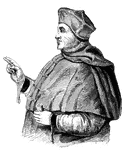Clipart tagged: ‘Reformation’

Melrose Abbey
"As the ruins of Fountains Abbey are a memorial of the iconoclasm of the Reformation movement in England,…

Bishop Lancelot Andrewes
Lancelot Andrewes (1555 – 25 September 1626) was an English clergyman and scholar, who held high positions…
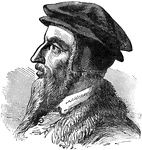
John Calvin
John Calvin (or Jean Calvin) (10 July 1509 - 27 May 1564) was a French Protestant theologian during…
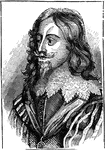
Charles I of England
Charles I, (19 November 1600 – 30 January 1649) was King of England, Scotland and Ireland from…
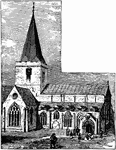
The Old Church, Perth, N.B.
During the Middle Ages, Perth's only parish church was the Burgh Kirk of St. John the Baptist. With…
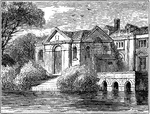
Gunpowder Conspirators' House, Lambeth
The Gunpowder Plot of 1605, or the Powder Treason, as it was known at the time, was a failed assassination…
Hampton Court, 17th Century
Hampton Court Palace is a former royal palace in the London Borough of Richmond upon Thames, south west…
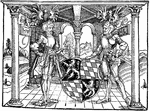
The Reformation of the Landrecht Bavaria
The Reformation of the Landrecht Bavaria was a print that was created in 1518. Landrecht is a city in…

Puritan Costumes
A Puritan of 16th and 17th century England was an associate of any number of religious groups advocating…

